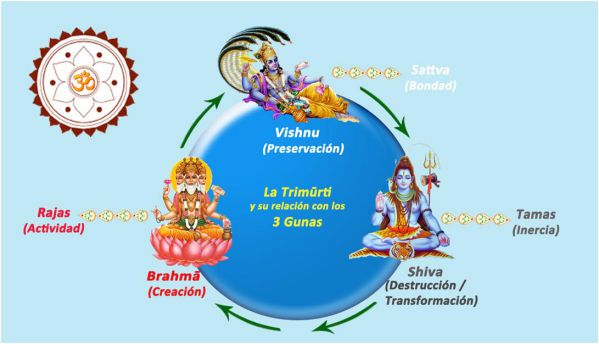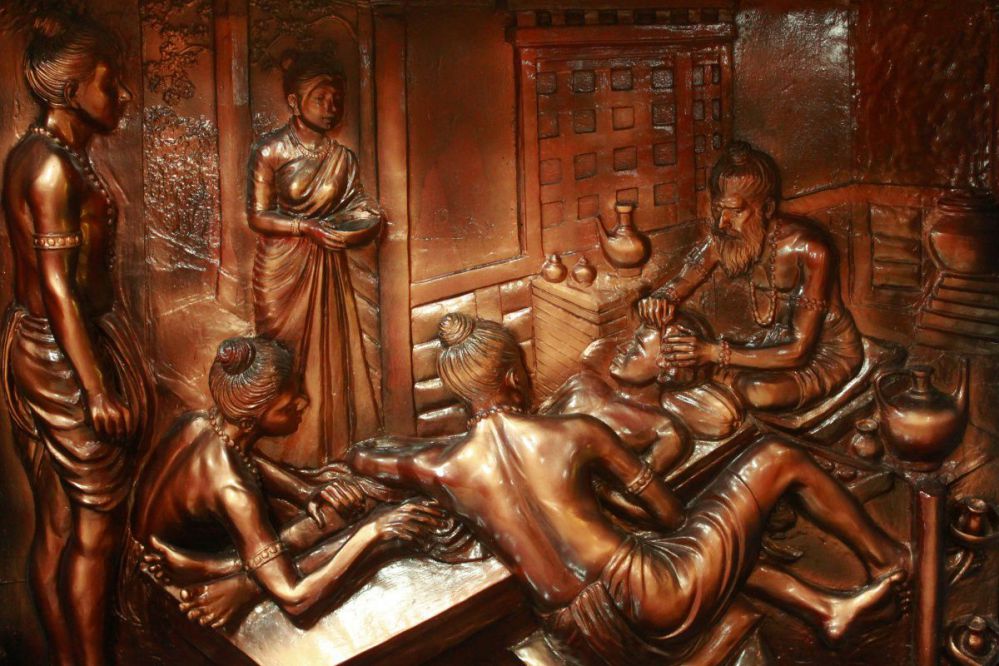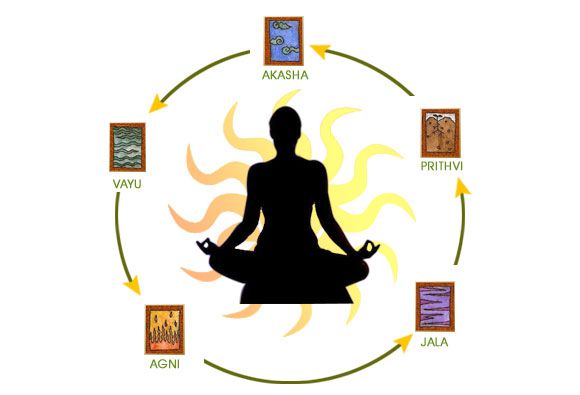No products in the cart.
Ayurveda is an ancient rejuvenating, revitalizing and a healing Indian art and science encompassing a comprehensive system of natural and holistic medicines. When translated from Sanskrit, Ayurveda literally means “the science of life”. The term ‘Ayurveda’ has its genesis from the Sanskrit root word ‘ayur’ signifying “longevity” or “life” and ‘Veda’ signifying “science”. Ayurveda is an organized discipline of ‘Upaveda’ or ‘auxiliary knowledge’ in Vedic tradition. It is a complete system of holistic health addressing the vital aspects of health, mind, body and soul. More often than not, allopathic medicine gravitates and emphasizes on the management of disease. However, the science of life- Ayurveda provides us with the knowledge of prevention of several diseases. In addition, it also emphasizes on demystifying the root causes of the diseases. Legend says that the God of Ayurveda, Dhanvantari passed on to us the principles of holistic medicine. The provenance of Ayurveda has its premises firmly fixed in the 114 hymns of Atharva Veda. Atharva Veda emphasizes and portrays ‘Ayurveda’ as the science of magic spells and sacred incantations. The non-Vedic systems such as Buddhism and Jainism also incorporated the principles and practices of Ayurveda. There is something more intriguing to the accounts of legend- Some concepts of Ayurveda have been in existence since the times of Indus Valley civilization and Aryan civilization. The extensive use of metals, medicines and other mineral supplements along with a blend of surgical techniques further reinforce the sheen of this amazing art of Ayurveda.
The knowledge of Ayurveda was collated into text more than five thousand years ago. It is believed that the knowledge of Ayurveda was passed on to rishis through deep states of meditation and to us orally. The oldest known texts on Ayurveda are the Charaka Samhita, Sushruta Samhita, and the Ashtanga Hrudaya. These insightful texts elucidate the affect that the five core elements that are integral parts of the cosmic system – earth, water, air, fire, space – have on our individual system. In addition, these sacred texts advocate the importance of organizing these five elements and striking a chord with our body for a healthy and a vibrant life. To suppress the natural urges of anger, momentary pangs of guilt, sudden outburst of emotions etc. one has to incorporate the right attitude of acknowledging the principles of Ayurveda. According to the principles of Ayurveda, Prakriti or natural constitution will affect each and every person. However, the consequences of its influences will vary from one person to another person.
Ayurveda categorizes the different constitutions into three different doshas:
- Vata dosha
- Pitta dosha
- Kapha dosha
In Vata dosha, air and space elements dominate and exert their influence on persons. In Pitta dosha, fire element dominates and exerts its influence while in Kapha dosha, earth and water dominate. The dosha impacts not only the shape of one’s body but also the bodily tendencies such as food preferences, taste and delicacies, digestion. In addition, it also impacts the temperament of one’s mind and emotions. For example, people with solid, sturdy body structure are known to have the earth element dominating. Further, their tendency for slower digestion, their strong memory, and their emotional steadiness reinforce the impact of earth element. It is worth mentioning that most people’s prakriti is made up of a combination of two doshas. For example, people who are “Pitta Kapha” will have the tendencies of both Pitta dosha and Kapha dosha, with Pitta dominating. Ayurveda places great importance on one’s pathya, or lifestyle that include eating habits and daily activities. Ayurveda also provides sensational guidance on how to adjust our lifestyle based on the change of seasons to ensure a happy mind that lets you stay calm and help make better decisions to improve the overall quality of life and realize the big picture of life.
The five integral components of Ayurveda are:
- Pancha Mahabhuta – The five basic elements of universe
- Doshas – The above mentioned doshas.
- Dhatus – Basic tissues
- Malas- the waste products
- Agni – the biological fire
The Pancha Mahabhuta are:
- Akasha or ‘ celestial space’
- Vayu or ‘air’
- Teja or ‘fire’
- Jala or ‘water’
- Prithavi or ‘earth’
The three doshas are:
- Vata
- Pitta
- Kapha
The basic tissues or Dhatus are:
- Rasa or Plasma
- Rakta or Blood
- Mamsa or Muscles
- Meda or Adipose
- Asthi or Bone
- Majja or Marrow
- Shukra or Reproductive organs
Malas take the form of:
- Purisha or Faeces
- Mutra or Urine
- Sweda or Sweat
Agni or the metabolic and the biological fire is further categorized into:
- Jatharagni
- Dhatvagni
- Bhutagni
The constitutive components of Ayurveda are derived from classical Sanskrit literature, in which Ayurveda is revered and entitled “the science of eight components”. The eight fundamental components are:
- Kayachikitsa(general medicine): “cure of diseases affecting the body”.
- Kaumara-bhṛtyaand Bala Roga: deals with the treatment of children.
- Shalya tantradeals with surgical techniques.
- Salakya-tantra(ophthalmology) deals with diseases of the teeth, eye, nose, ear etc.
- Bhuta-vidyadeals with the causes, which are not directly visible and not directly explained by tridosha, pertaining to micro-organisms or spirits.
- Agada-tantradeals with antidotes to poison.
- Rasayana-tantra(Geriatrics)/ (Anti Agings): deals with
- Vajikarana tantra(aphrodisiacs) deals with healthy and desired progeny.
According to the principles of Ayurveda, Universe resolutely elicits contrasting experiences. Due to these experiences, rhythms move away and back to our center and thus lay an avenue to transcend the higher states of wellness. In addition, our consciousness enters the frontiers of higher states of wellness. Thus, if we fail to return to our original state, disease causing bacteria and viruses invade our immune system. To obviate the occurrence of diseases, a state of wellness is recommended. According to the principles of Ayurveda, our ‘mind’ is a channel of consciousness and this consciousness is ubiquitous and omnipotent. The two constitutive components of human mind are:
- Vibhu or ‘The Universal Mind’ that is tied to the evolution of soul. This component of human mind is a warehouse of pure unconditional love.
- Anu or ‘The Individual Mind’ that is tied to the current incarnation of body and mind. This component of human mind is a warehouse of the following characteristics:
- Manas or sensory mind: Deals with the activities of perception and thinking.
- Buddhi or intellect: Deals with the activities of cognition, retention and memory.
- Ahamkara or ego: Deals with the activities of preferences, decision making and individuality.
The deep consciousness or ‘Chitta’ is the embodiment of the causal body of universe. This creative and integral component of brain orchestrates the universe and brings us into alignment and keeps us on the right track. The science of living consciousness extensively deals with the nuances of consciousness, perception, recognition, sensation and responses to stimuli. This chain of activities is essential for the survival of humans. However, during the diseased condition, the science of living consciousness transforms itself to the science of diseased consciousness and hence the chain of activities becomes distorted. It leads to intense reactions and generates aversion to normal activities. According to the holistic medicinal science of Ayurveda, the ‘Gunas’ of ‘The Individual Mind’ are:
- Sattva – This guna is an umbrella term that comprises the virtues of clarity, alertness, illumination, compassion, attentiveness and co-operation. It plays a vital cameo to stay in the right vein with ‘The Universal Mind.’
- Rajas – This guna incorporates the vital attributes of self-centeredness, self-consciousness, restlessness and agitation of mind.
- Tamas – The traits of laziness, depression, darkness, dullness and negative attitude reside in its conclave.
According to the scientific principles of Ayurveda, a healthy individual is one to whom life unfolds in a pleasant manner (according to his/her perspective) and triggers a conducive train of thoughts. To comport oneself with dignity is to acquaint oneself with the principles of Ayurveda. The move towards an enlightened approach may be initiated if one endeavors to stay resolute and in fine fettle. According to Ayurveda, any method that can reinstate the positions of the three basic energies i.e., the positions of Vata, Pitta and Kapha can be termed as ‘Cure’.
However, the very concept of advancements in technology is an anathema to Ayurveda. Ayurveda has been rejected as a ‘pseudo-science’ by the scientists of England and USA. Doing away with Ayurveda is definite ‘no.’ A radical overhaul of the claims of these scientists is necessary. Malice to none and goodwill to all is the motto of Ayurveda. The best tribute to the art of living world- Ayurveda is to carry its legacy forward with vibrancy in order to empower our immune system and experience an upturn in our fortunes.







